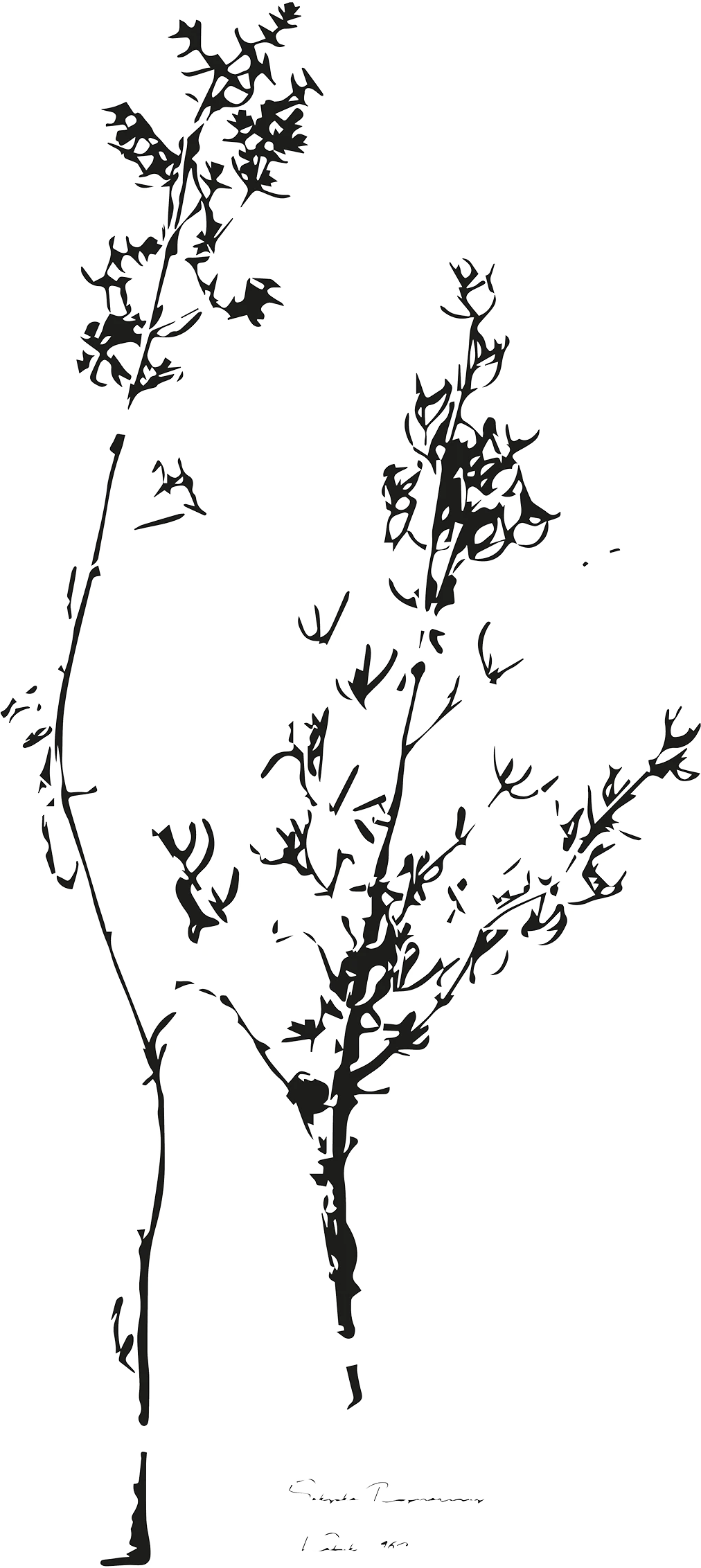Samangan: the city of Rostam and Sohrab
You’ve probably never heard of this city in Afghanistan — but it shaped one of Persia’s greatest literary tragedies.
-
Let’s be honest: you’ve probably never heard of Samangan. And fair enough — it’s not the sort of place that makes headlines.
But the truth is, there’s so much more to Afghanistan than Kabul, Kandahar or Helmand— the places the world only pays attention to when there’s a bombing, a drone strike, or a new Taliban statement. The rest of the country, the parts with history older than most empires, barely gets a mention.
And Samangan is one of those places.
It wasn’t always this obscure. Until the mid-20th century, Samangan wasn’t even a province in its own right. It sat quietly within Balkh — yes, that Balkh, the legendary capital of Bactria and once among the greatest cities of the ancient world. It was only in the 1960s, under King Zahir Shah, during a wave of administrative reorganisation by a centralising Afghan state, that Samangan was carved out as its own province. The state aimed to create smaller, more manageable units that could be governed more directly from Kabul. Balkh, historically vast and influential, had become too unwieldy for effective governance under a centralised system.
But long before it became a new drawn up province, Samangan had already left its mark — as a Greco-Bactrian settlement, a centre of Buddhist devotion, and a setting immortalised in Persian epic. It is here, in the Shahnama, that the tragedy of Rostam and Sohrab begins. It is here, too, that centuries of civilisations layered their stories into stone.
This is the story of Samangan.
Names, like ruins, carry echoes. And Samangan is no exception. In fact, it might be one of Afghanistan’s most poetically overdetermined names.
One theory, favoured by Persianate chroniclers and 18th-century cavalrymen alike, traces the name to Saman-gah — the “Place of Horses.” It’s an origin story grounded in geography. The plains surrounding Samangan are unusually fertile for this part of the north, with soft pastures and clear water that have, for centuries, lured herds and horsemen alike. Even today, animals graze here with the serenity of creatures that have never heard a gunshot.
It’s no surprise, then, that Nadir Shah — the 18th-century king of Persia and founder of the Afsharid dynasty — chose these very fields to station his royal stud. A conqueror who once seized the Peacock Throne from Delhi was unlikely to settle for mediocre horses. In his eyes, Samangan was more than scenic—it was strategic.
In this part of the world, horses weren’t simply transport. They were an extension of statecraft. They won battles, carried envoys, decided retreats. A fine horse could win you a kingdom. Or, if things turned, help you escape one with your head still attached.
Yaqut al-Hamawi, the 13th-century geographer and chronicler, passed through the region as the Mongol armies were tearing through Khorasan. Fleeing westward from the chaos, he paused long enough to record not just the name — Salmakan — but also a detail that lingers: the richness of its pastures. Even amid the collapse of empires, he noticed the grass. That alone speaks volumes. It was, after all, the kind of place a man on horseback would remember.
Still, to leave it there would be a disservice.
Because Samangan lives in the pages of Persian epic, most famously in Ferdowsi’s Shahnama. Anyone familiar with that great work will know Samangan as the setting of one of its most tragic and unforgettable episodes — the story of Rostam, Tahmina, and their son, Sohrab. The episode of Rostam and Sohrab is among the most widely recognised tragedies in classical Persian literature and Near Eastern epic tradition.
According to the Shahnama, Rostam, the lion-hearted hero of Persia, arrived in the region on a hunting expedition. His prized horse, Rakhsh, vanished during the journey — a disappearance engineered, some say, by the King of Samangan himself, who was eager to draw Rostam into an alliance.
When Rostam traced the hoofprints to the outskirts of Samangan, he stormed into the town demanding his horse be returned. But instead of confrontation, the king offered hospitality. He welcomed Rostam to his court as an honoured guest and promised to recover the lost steed.
It was during this visit that Rostam met the king’s daughter, Tahmineh. In ‘Shahnameh: The Persian Book of Kings’, Dick Davis offers a modern English translation that captures the depth and directness of her words.
That night, she entered Rostam’s chambers and, with striking composure, said:
"I have come to you, famed warrior, because I have long heard of your name and deeds. I am Tahmineh, daughter of the King of Samangan. I wish to have a child by you — a child as brave and strong as his father."
Their union was brief, but its legacy was far-reaching. Before leaving, Rostam gave Tahmina a black onyx tied around his arm, with instructions: if she bore a daughter, to fasten it in her hair to protect her; if a son, to bind it to his arm as a symbol of lineage. Tahmina later gave birth to Sohrab, whom she raised alone in Samangan. She taught him of his father’s greatness, of his ancestral ties to Persia, and gifted him the onyx talisman — a silent marker of identity.
As Sohrab grew into a formidable warrior, Afrasiyab, the cunning king of Turan, saw an opportunity. He fed the boy praise and promises, encouraging him to invade Persia, claiming that once victorious, Sohrab could unite Turan and Persia and rule them both. Crucially, Afrasiyab withheld the identity of Rostam, arranging events so that father and son would meet as enemies, neither aware of the blood they shared.
The battle was fierce and unrelenting. When Rostam finally dealt the fatal blow, Sohrab collapsed and revealed his name. Stunned, Rostam demanded proof — and Sohrab showed him the onyx he wore on his arm. The truth landed like a blade. Rostam had killed his own son. He threw down his sword in anguish, but it was too late.
Even worse, Kay Kavus, the Shah of Iran, intentionally delayed sending the healing potion (Noush Daru) that might have saved Sohrab. He feared that a united father and son — both heroes in their own right — would one day challenge his rule.
The tragedy of Rostam and Sohrab is often read as the emotional climax of the Shahnama, and in its depth and devastation, it has few equals in world literature. Like Shakespeare’s King Lear, it is a story of blind misrecognition — of a father unable to see what is in front of him until it is far too late.
And it all began, as the Shahnama tells us, in Samangan.
I visited Takht-e Rostam in 2015, and it’s one of the most remarkable historical sites I’ve seen in Afghanistan. Just a few kilometres outside Samangan’s town centre, the site sits quietly on a rocky hill — no signs, no crowds, just the wind and the stone. It dates back to the 4th or 5th century AD, during the Kushan Dynasty, and is one of the best-preserved examples of Buddhist architecture in northern Afghanistan. What makes it unique is that the stupa isn’t built above ground — it’s carved directly into the bedrock, creating a circular structure surrounded by a deep trench. Around it, you’ll find a series of cave chambers where monks once meditated.
The layout is simple but ingenious: skylights in the cave ceilings allow natural light to filter in, and you can still see the carved niches and domed halls used for religious gatherings.
Though the site was originally Buddhist, over time it became known as Takht-e Rostam — “the Throne of Rostam” — as local memory folded it into the legend of the Shahnama. But what struck me most was how little of this is known or preserved. There are no fences or plaques, yet it holds over 1,500 years of history — carved into stone and somehow still standing.
The silence up at Takht-e Rostam is almost sacred. You can stand at the edge of the stone-carved stupa and imagine saffron-robed monks walking the perimeter, murmuring chants that once echoed across valleys, part of a network that stretched from India to China.
And echo they did. In 630 CE, the Chinese monk Xuanzang passed through this region on his journey to India. He didn’t call it Samangan — names shift over time — but his account of a place called Wu-hu-sa-mo aligns closely with this area’s geography. He described a land of mountains and monasteries, home to hundreds of monks and multiple stupas. At that point, Samangan was a spiritual centre along the Silk Road, a resting place for travellers and pilgrims between the Himalayas and the Oxus.
But the gods don’t stay forever. By the 8th century, the Buddhist chants gave way to the call to prayer. Arab armies swept through northern Afghanistan and brought Islam with them. The monasteries emptied, the stupas slowly crumbled, and Buddhist practice faded. Yet unlike in other cities, where temples were replaced with new structures, here in Samangan the sanctuaries carved into the rock endured — too remote and too solid to be repurposed or destroyed outright.
Under Islamic rule, Samangan became known as ‘Aybak.’ It wasn’t a royal capital, but a caravan town — a market stop on the way to somewhere else. Over the centuries, it passed from one empire to another: the Samanids, the Ghaznavids, the Ghurids, the Mongols, and the Timurids. Each brought new languages, rulers, and customs. But Aybak remained — not glamorous, but constant. A small town shaped by trade routes, inhabited by farmers, merchants, and the memory of older faiths.
When I visited Samangan, there were no signs pointing to its past. No UNESCO designation. Just the dry wind moving through a place that once connected India to Persia — and far beyond.
It’s easy to overlook a place like Samangan. Especially when our history is so often filtered through a Western lens. Archaeologists have barely begun to scratch its surface. The deeper layers — Greek, Kushan, Buddhist, Persian — remain largely unexcavated, not because they aren’t there, but because no one has taken the time to look properly.
Samangan is not just a forgotten town. It’s a missing chapter. And unless we start paying attention to places like this — to what Afghanistan was, not just what it’s suffered — we’ll keep misunderstanding the story entirely.
-
Shabnam Nasimi is the co-founder of FAWN (Friends of Afghan Women Network). She served as a senior policy advisor to the UK Minister for Refugees and Minister for Afghan Resettlement. She is a writer, commentator and a human rights advocate.
Subscribe to Shabnam's substack.






